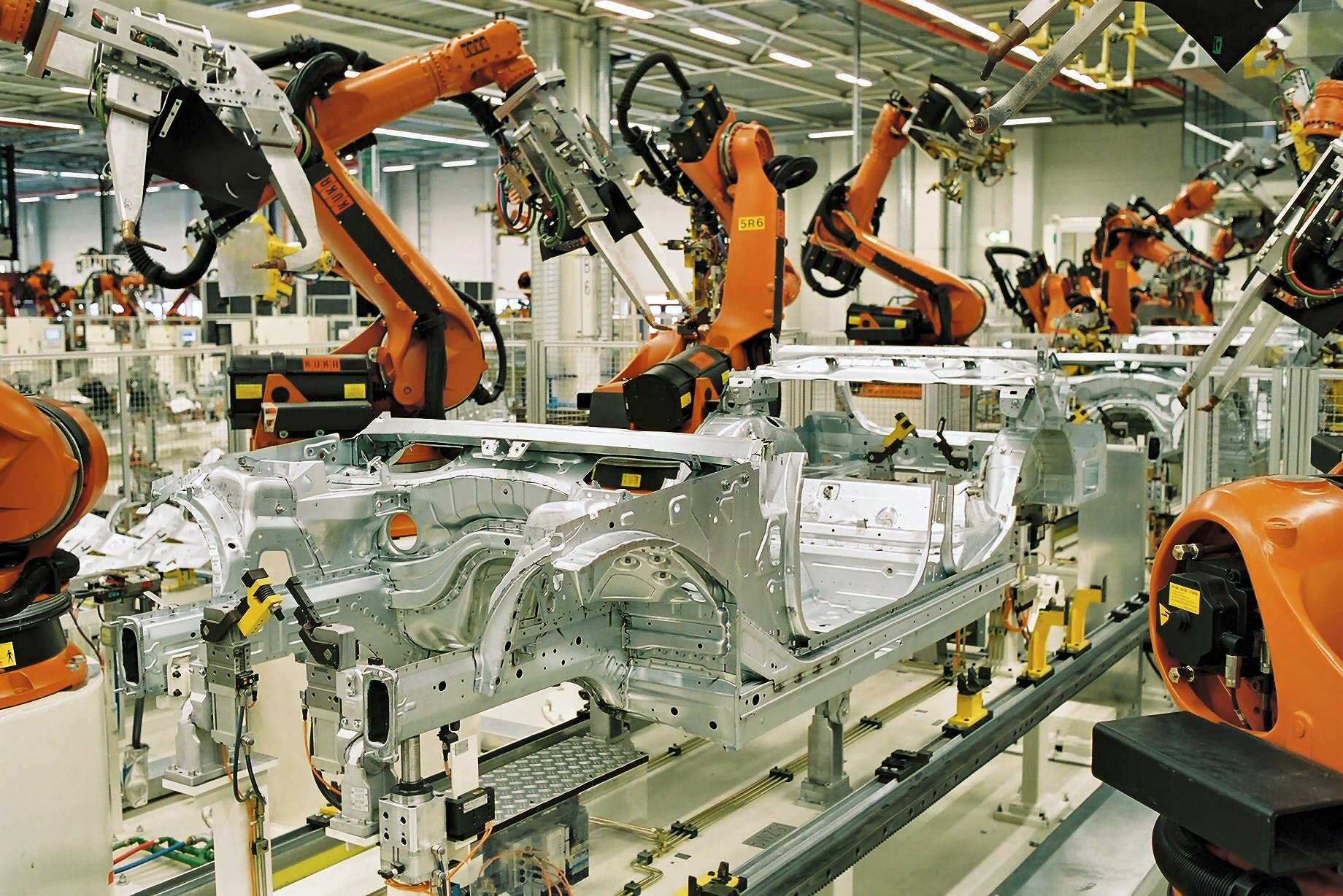In the ever-evolving world of digital design, crafting a user interface (UI) that resonates is more than a visual pursuit; it’s an emotional, cognitive, and intuitive experience. Today’s most engaging UIs are not just aesthetically pleasing; they are alive. They move, adapt, and think. This is where the trifecta of motion, dynamics, and intelligence comes into play; redefining how users interact with technology.
Motion: Breathing Life into Interfaces
Motion design isn’t just about flair; it’s about feedback, context, and storytelling. Transitions, micro-interactions, and animated responses guide the user, reduce cognitive load, and bring clarity to the interface.
Why it matters:
- Smooth animations can make navigation feel natural and fluid
- Micro-interactions (like a button ripple effect) acknowledge user actions.
- Motion bridges the gap between user intent and system response.
Example: Consider the way a mobile app card swipes away when dismissed—it’s not just visual polish; it’s a signal that something has happened.
Dynamics: Embracing Change in Real Time
Dynamic UI elements respond to context, user behavior, and system states. From adaptive layouts to data-driven components, dynamics ensure that the interface isn’t static—it evolves.
Key benefits:
- Adaptive UIs optimize for screen size, orientation, and user preferences.
- Real-time updates (like live scores or stock prices) keep users informed.
- Dynamic content fosters relevance and engagement.
Design Tip: Use dynamic hierarchy; highlight the most relevant content based on user needs or current tasks.
Intelligence: Powering Personalization and Prediction
Intelligent interfaces integrate AI and machine learning to provide personalized, context-aware experiences. Think of recommendation engines, predictive search, and smart assistants.
Impact of intelligence:
- Reduces effort by anticipating user needs.
- Enhances accessibility through smart voice or text input.
- Personalizes the journey, building deeper user trust and loyalty
- Real-world example: Netflix’s UI adjusts its layout and previews based on what you’re most likely to watch next.
The Symbiosis: More Than the Sum of Its Parts
When motion, dynamics, and intelligence work together, they transform an interface into a responsive, intuitive, and delightful experience. Here’s how they interact:
- Motion makes intelligence visible.
- Dynamics empower real-time intelligence.
- Intelligence fuels context-aware motion and interaction.
This triad doesn’t just improve usability; it creates a sense of connection between the user and the system.
Final Thoughts
In the age of experience-driven design, interfaces must do more than display information—they must communicate, adapt, and learn. By embracing motion, dynamics, and intelligence, designers can craft UIs that aren’t just used; they’re loved.











A very informative blog that clearly explains how embracing motion, dynamics, and intelligence in experience-driven design can enhance the overall user experience
A beautifully articulated piece! The integration of motion, dynamics, and intelligence in UI design is spot-on.
A very informative blog explains how embracing motion, dynamics, and intelligence in experience-driven design